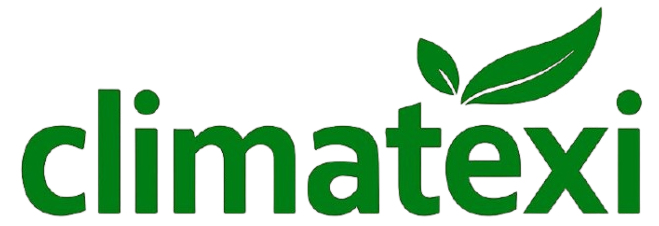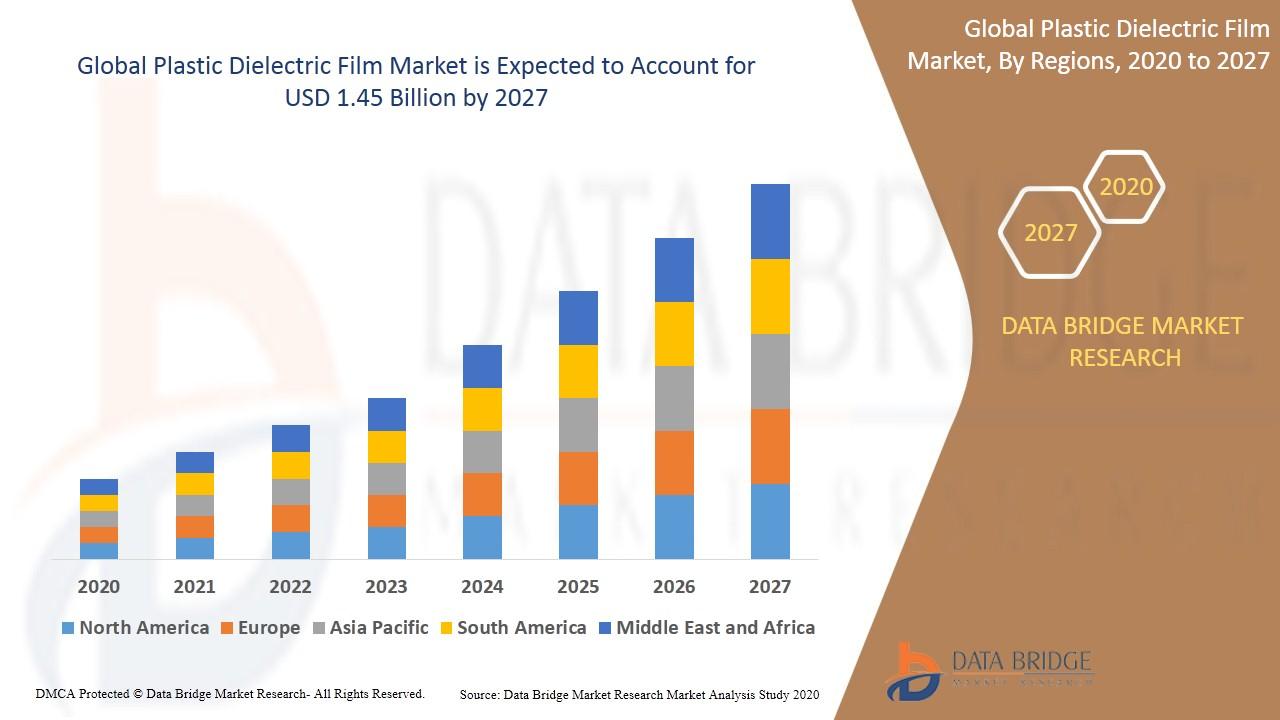LED Lighting Market Size, Share, Trends, Key Drivers, Demand and Opportunity Analysis
LED Lighting Market: Global Industry Analysis and Future Outlook
1. Introduction
The LED lighting market has emerged as one of the most transformative segments within the global electrical and electronics industry. Over the past decade, light-emitting diode (LED) technology has shifted from a niche lighting option to the mainstream global standard for residential, commercial, and industrial illumination. Today, LEDs represent a central pillar of sustainable energy strategies worldwide, driven by their efficiency, durability, and decreasing production costs.
The relevance of the LED lighting market in the global economy continues to rise as countries aggressively pursue carbon-reduction targets, green-building initiatives, and energy-efficient infrastructure. Governments, manufacturers, and consumers alike acknowledge LED lighting as a vital tool for conserving energy and reducing operational expenditures. The market is forecasted to maintain robust growth, with an estimated CAGR ranging between 10% and 14% from 2025 to 2030, supported by technological innovations, strong regulatory backing, and the increasing adoption of smart lighting systems.
Get strategic knowledge, trends, and forecasts with our LED Lighting Market. Full report available for download:
https://www.databridgemarketresearch.com/reports/global-led-lighting-market
2. Market Overview
The global LED lighting market encompasses the production, distribution, and installation of LED lamps, luminaires, fixtures, and integrated lighting systems across various sectors. While exact figures vary across research sources, the market is generally valued in the high tens of billions to early hundreds of billions of dollars, and it continues to expand as technological advancements make LEDs more accessible and cost-effective.
Historical Trends
Historically, the shift from traditional incandescent and fluorescent lamps to LEDs was driven by rising energy costs, long-term savings potential, and improving LED performance. Early adoption began in commercial and industrial environments before expanding to residential and outdoor applications. Technological refinements—such as higher lumen output, better color rendering, and modular designs—accelerated this transition.
Current Positioning and Demand-Supply Dynamics
Demand for LED lighting is presently fueled by rapid urbanization, infrastructure modernization, and the integration of IoT-enabled smart lighting in urban planning. Supply chains have become more diversified, with major manufacturing hubs located in Asia-Pacific, particularly China. However, global supply has faced intermittent disruptions due to fluctuating semiconductor availability, logistics constraints, and energy price volatility. Despite these challenges, supply levels remain strong, supported by continued investments in high-capacity manufacturing and automation.
3. Key Market Drivers
Several factors contribute to the consistent growth trajectory of the LED lighting market:
1. Technological Advancements
LED technology continues to evolve rapidly. Advances such as chip-on-board (COB) LEDs, tunable white lighting, micro-LEDs, and smart lighting solutions have enhanced efficiency and performance. Innovations in heat management, miniaturization, and optical lenses further improve product durability and versatility.
2. Government Regulations and Energy Policies
Stringent global regulations targeting carbon emissions and energy waste have accelerated LED adoption. Many countries have phased out inefficient halogen and incandescent bulbs, making LEDs the preferred choice for compliance with energy-efficiency standards.
3. Shifts in Consumer Behavior
Consumers increasingly prefer sustainable and long-lasting lighting solutions. LEDs offer up to 75–85% more efficiency and significantly longer lifespan than traditional bulbs, making them attractive for both cost savings and environmental benefits.
4. Declining LED Prices
Economies of scale, improved manufacturing processes, and increased competitive pressure have reduced LED product costs, expanding their accessibility across developing and developed markets.
5. Investments in Smart Infrastructure
The rise of smart homes, smart cities, and IoT integration significantly boosts LED demand. Smart LEDs enhance automation, energy monitoring, and user convenience, making them essential in next-generation lighting ecosystems.
4. Market Challenges
Despite strong growth drivers, the LED lighting market faces several challenges:
1. High Initial Installation Costs
Though LED prices have dropped, certain advanced solutions such as smart LEDs and industrial luminaires remain relatively expensive, potentially limiting adoption in cost-sensitive markets.
2. Intense Market Competition
The LED industry includes numerous global and regional manufacturers, leading to price wars and margin pressures. Maintaining product differentiation is increasingly difficult.
3. Regulatory and Compliance Barriers
Compliance with varying regional safety and efficiency standards can increase manufacturing complexity and influence product pricing.
4. Supply Chain Vulnerabilities
Dependence on critical components such as semiconductors exposes the market to disruption risks. Sudden shortages or geopolitical tensions may strain production capacity.
5. Counterfeit Products
The rise of low-quality counterfeit LED products negatively affects brand trust, market pricing, and long-term performance expectations.
5. Market Segmentation
The LED lighting market can be segmented by type, application, and region.
A. By Type / Category
LED Lamps
Bulbs, tubes, spots
Widely used in residential and commercial spaces
LED Luminaires
Panel lights, streetlights, floodlights, downlights
Strong presence in industrial and outdoor applications
Smart LED Lighting
Connected IoT-enabled solutions for automation and energy management
Specialty LED Products
Horticulture LEDs, UV LEDs, automotive LEDs
Fastest-growing segment:
Smart LED lighting, driven by smart home adoption and IoT integration.
B. By Application / Use Case
Residential
Commercial (offices, retail, hospitality)
Industrial
Outdoor/Street Lighting
Automotive
Horticulture and UV Disinfection
Fastest-growing application:
Industrial and outdoor applications, supported by smart city projects and the push for energy-efficient public infrastructure.
C. By Region
North America
Europe
Asia-Pacific (APAC)
Middle East & Africa
Latin America
6. Regional Analysis
North America
North America holds a significant share of the LED lighting market due to high adoption rates of advanced lighting systems and strong smart home penetration. Public infrastructure projects and sustainability mandates strengthen the region’s demand.
Europe
Europe remains a leader in energy-efficient technologies, supported by strict regulatory frameworks, environmental awareness, and investments in smart city development. Western Europe dominates adoption, while Eastern Europe is experiencing rising momentum.
Asia-Pacific
APAC is the fastest-growing region, driven by rapid urbanization, population growth, and extensive manufacturing operations. China, Japan, South Korea, and India are major contributors. China remains the global hub for LED production, influencing global pricing and supply.
Latin America
Growth in Latin America is moderate but rising, supported by infrastructure modernization, expanding commercial construction, and government incentives. Brazil and Mexico lead the region's adoption.
Middle East & Africa
MEA presents emerging opportunities due to urban development, increasing commercial investments, and rising awareness of energy-efficient technologies. Gulf countries are aggressively adopting smart lighting in public and private projects.
7. Competitive Landscape
The LED lighting market is characterized by a mix of large multinational players and numerous regional manufacturers. Competition revolves around innovation, pricing, product diversification, and strategic partnerships.
Major Players Include:
Signify (formerly Philips Lighting)
Osram / ams OSRAM
Cree Lighting
GE Lighting
Acuity Brands
Nichia Corporation
Samsung Electronics
Eaton Corporation
Havells India
Panasonic Lighting
Competitive Strategies
Innovation:
Companies invest heavily in R&D to enhance efficiency, connectivity, and durability.
Pricing Strategy:
Cost competitiveness is vital, particularly for commodity LED products.
Partnerships & Collaborations:
Partnerships with construction firms, smart-home technology companies, and municipal authorities help expand market footprint.
Mergers & Acquisitions:
M&A activities strengthen portfolios and global reach, especially among leading European and Asian firms.
8. Future Trends & Opportunities
Over the next 5–10 years, several transformative trends are expected to shape the LED lighting market:
1. Expansion of Smart and Connected Lighting
IoT-enabled lighting systems will become standard in homes, offices, and urban infrastructure. Features such as remote control, automation, energy monitoring, and AI-driven optimization will enhance value.
2. Growth of Human-Centric Lighting
Lighting designed to align with human circadian rhythms will gain traction in workplaces, healthcare facilities, and educational institutions.
3. Sustainability and Circular Economy Models
Manufacturers will increasingly adopt recyclable materials, modular designs, and repairable components to meet sustainability goals.
4. Miniaturization and Micro-LED Technology
Micro-LEDs will significantly impact displays, automotive lighting, and specialized applications due to their high brightness and efficiency.
5. Rising Demand in Emerging Markets
Developing economies across Southeast Asia, Africa, and Latin America will drive volume growth as electricity access improves.
6. Integration with Renewable Energy Systems
Solar-powered LED solutions will gain momentum in off-grid and rural areas.
Opportunities for Stakeholders
Businesses: Expand into smart lighting ecosystems; invest in specialty LEDs.
Investors: High potential in APAC manufacturing and smart infrastructure solutions.
Policymakers: Leverage LEDs for national energy savings and sustainability targets.
9. Conclusion
The LED lighting market stands at the forefront of global energy-efficiency transformation. With strong regulatory support, rapid technological innovation, and rising consumer demand for sustainable solutions, LED lighting is poised for continued expansion. The forecasted CAGR of 10–14% underscores its long-term potential as both a profitable and environmentally responsible industry.
For businesses and investors, the market offers compelling growth opportunities—particularly in smart lighting, industrial applications, and emerging economies. Policymakers can leverage LED technology to reduce energy consumption, modernize infrastructure, and support national sustainability initiatives.
As the world continues its shift toward cleaner and more intelligent technologies, LED lighting will remain a foundational and indispensable component of the global energy landscape.
Frequently Asked Questions (FAQ)
1. What is driving the growth of the LED lighting market?
Key drivers include energy-efficiency regulations, declining LED prices, technological innovation, and widespread adoption of smart lighting systems.
2. Which segment of the LED market is growing the fastest?
Smart LED lighting and industrial/outdoor applications are experiencing the highest growth due to their integration with smart city and infrastructure projects.
3. What is the projected CAGR for the LED lighting market?
The global LED lighting market is projected to grow at an estimated CAGR of 10–14% between 2025 and 2030.
4. Which region leads the LED lighting market?
Asia-Pacific leads in production and consumption, followed by North America and Europe.
5. What are the main challenges in the LED lighting industry?
Key challenges include competition, regulatory complexity, supply chain risks, counterfeit products, and high initial installation costs for advanced systems.
Browse More Reports:
Global Casino Online Gambling Market
Global Lactose-Free Yogurt Market
Global Poultry Disinfectant Market
Global Commercial Greenhouse Market
Global Hemp Seed Market
Global Agricultural Machinery Market
Global Digital Payment Processing Market
Global Luxury Perfume Market
Global Plant-Based Protein Market
Global Microbial Biostimulants Market
Global Sodium Alginate Market
Global Thermistor Market
Global Head Lice Treatment Market
Global Care Services Market
Global Demand Response Market
About Data Bridge Market Research:
An absolute way to forecast what the future holds is to comprehend the trend today!
Data Bridge Market Research set forth itself as an unconventional and neoteric market research and consulting firm with an unparalleled level of resilience and integrated approaches. We are determined to unearth the best market opportunities and foster efficient information for your business to thrive in the market. Data Bridge endeavors to provide appropriate solutions to the complex business challenges and initiates an effortless decision-making process. Data Bridge is an aftermath of sheer wisdom and experience which was formulated and framed in the year 2015 in Pune.
Contact Us:
Data Bridge Market Research
US: +1 614 591 3140
UK: +44 845 154 9652
APAC : +653 1251 975
Email:- corporatesales@databridgemarketresearch.com
"





